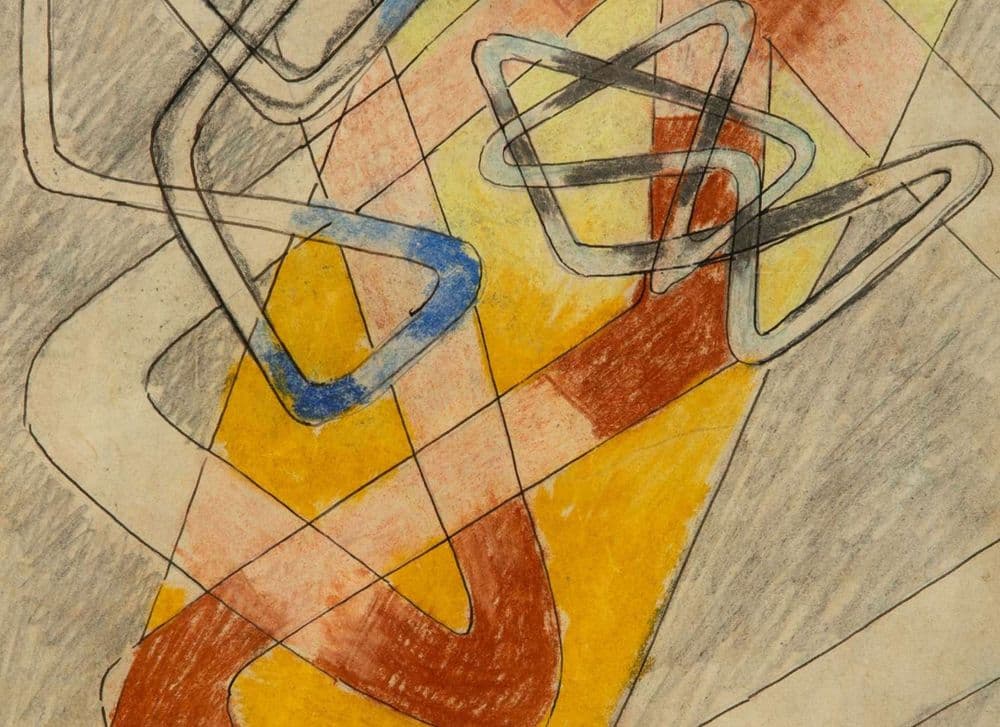Described by the art critic Peter Schjeldahl as 'relentlessly experimental' due to his innovative work in painting, drawing, photography, sculpture, writing, theatre and film, László Moholy-Nagy was the epitome of what the Bauhaus represented working alongside the likes of Walter Gropius and Marcel Breuer.
In 1937, on the recommendation of Gropius, Moholy-Nagy moved to Chicago and became the director of the newly formed IIT Institute of Design known as the ‘New Bauhaus’. It would go on to become one of his most significant accomplishments and what historian Elizabeth Siegel named ‘his overarching work of art’.
